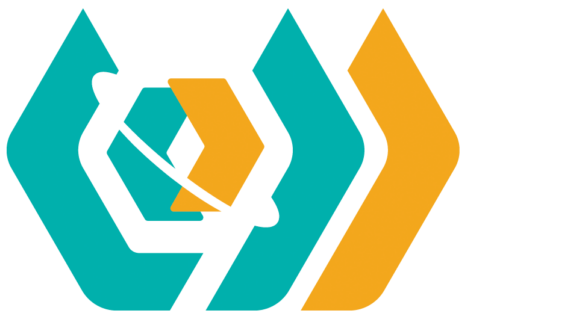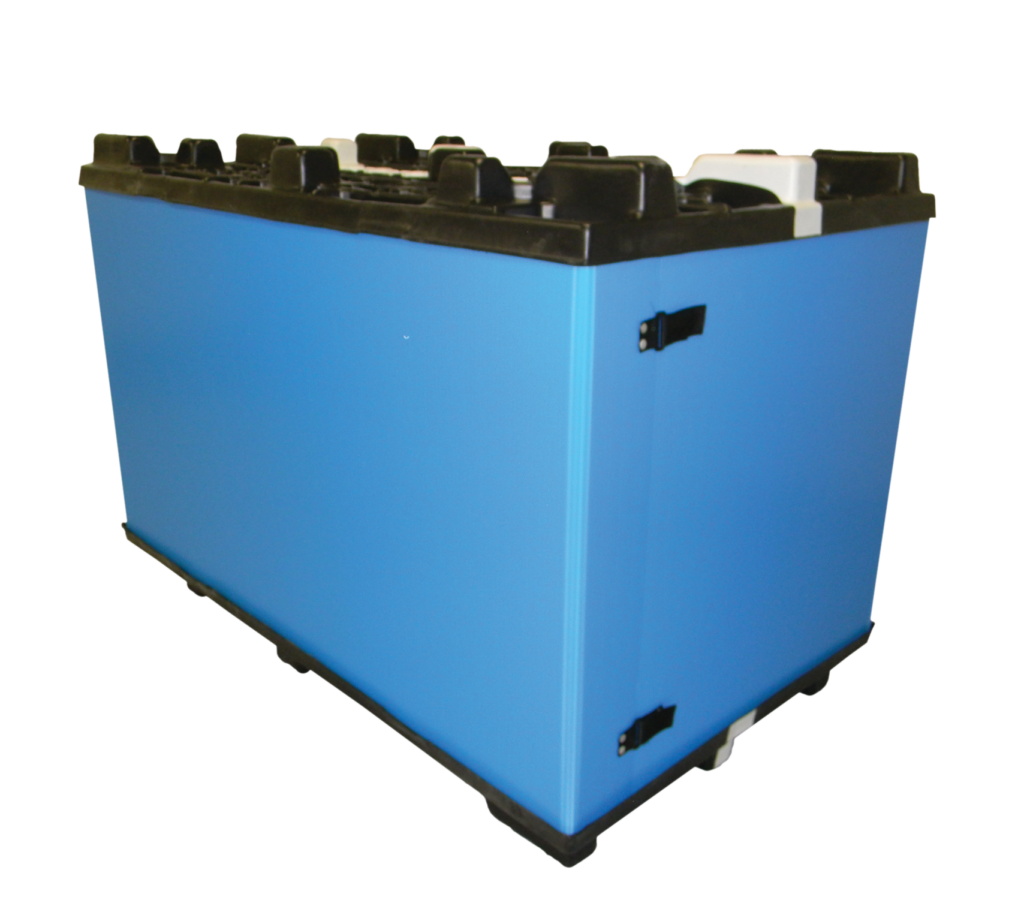In industries such as automotive and electronics, the use of returnable assets drives overall operational efficiency. These include reusable packaging containers, durable totes, and custom racks that continuously circulate throughout the supply chain. As products move from one facility to another, maintaining control and visibility of these assets is crucial. When assets are lost or mishandled, the impact can reverberate through production lines, cause delays, and inflate logistical costs.
An effective loss prevention strategy is not just about avoiding missing containers—it’s about sustaining a secure, eco-friendly packaging system that supports long-term operational success. By prioritizing durable designs, thorough tracking protocols, and constant employee engagement, organizations can mitigate risks and keep their supply chain running smoothly. This article delves into core challenges around asset management and outlines best practices for mitigating losses.
Why Loss Prevention Is Vital for Operational Success
A strategic approach to loss prevention offers a wide range of direct and indirect advantages. These include:
- Lower operating costs: Cutting down on asset replacement and emergency procurement
- Improved workflow: Avoiding delays in production and distribution
- Stronger partner and customer confidence: Ensuring reliable, consistent operations
- Environmental responsibility: Extending the life cycle of packaging and reducing waste
- Accountability at every level: Establishing robust controls and clear handling instructions
The cost of replacing lost or mishandled returnable assets can be steep, particularly in industries that rely on specialized containers. By making loss prevention a priority, organizations can maintain business agility and fortify their competitive edge.
Understanding the Risks Associated with Returnable Assets
Returnable assets circulate continuously within distribution circuits, moving between different sites and stakeholders. This complex rotation often exposes them to a range of vulnerabilities such as:
- Mishandling during transit or storage
- Inadequate oversight or documentation within busy facilities
- Potential theft of high-value, reusable containers and racks
When oversight is lacking, containers may take incorrect routes, wind up in unauthorized locations, or even be discarded mistakenly. Furthermore, substandard packaging that degrades under frequent use can lower asset lifespans and necessitate additional investment in replacements. Over time, these cumulative losses add up, leading to inflated costs and wasted resources.
Implementing a structured, multi-pronged approach to asset management—complete with training, real-time tracking, and maintenance—is pivotal. By reinforcing control methods, businesses can close oversight gaps and safeguard their assets across various stages of transport.
A Comprehensive Loss Prevention Strategy: Best Practices & Technologies
Effective loss prevention involves a broad set of tactics. Implementing these can help organizations retain maximum value from their returnable assets:
Invest in Durable, High-Quality Packaging
- Choose robust materials engineered for repeated use, such as corrugated plastic containers.
- Opt for custom designs with reinforced seams and protective features.
- Additionally, robust steel racks can handle heavy loads and frequent handling, ensuring longevity.
- Schedule routine checkups and cleaning to keep containers in good condition.
Adopt Real-Time Tracking Technologies
- Implement systems like RFID, barcodes, and IoT sensors to gain constant visibility of asset locations and conditions.
- Automate check-in/check-out scans to reduce manual labor, cut costs, and improve inventory accuracy.
- Receive instant alerts for temperature changes or unauthorized movements to enable swift corrective action.
Leverage Data for Centralized Management and Insights
- Integrate all tracking data onto a cloud-based platform for a single, unified overview of your entire asset pool.
- Analyze your data to identify loss patterns, predict high-risk areas, and proactively address vulnerabilities before they cause losses.
Optimize Employee Training and Handling Procedures
- Offer consistent training programs covering proper handling, tag scanning, and shipping protocols.
- Publish written guidelines that clearly assign responsibilities.
- Emphasize accountability to reduce human errors in daily usage.
Establish Routine Maintenance and Inspection Protocols
- Schedule periodic inspections so wear and tear is detected early.
- Implement proactive servicing—such as a meticulous maintenance program—to maintain container integrity.
- Maintain logs that detail each inspection, ensuring timely maintenance actions.
Develop Comprehensive Documentation and Workflow Standards
- Create standardized forms and digital logs to track each asset’s location and condition.
- Ensure clarity regarding dispatch, receipt, and storage responsibilities.
- Use digital tools to consolidate and synchronize data across multiple facilities.
Industry-Specific Applications of Loss Prevention Strategies

Tailoring loss prevention methods to meet specific industry needs improves overall success, especially when navigating complex regulatory landscapes:
Automotive
Automotive businesses rely on custom steel racks to secure the transport of large components. With daily rotations that often include international shipping, meticulous asset tracking is essential not only for loss prevention but also for ensuring compliance with customs and trade regulations. A clear, auditable record of asset movements helps minimize legal risks and avoid costly delays at borders.
Electronics
Electronic components are delicate and require specialized handling. Tailored foam assemblies are often used to secure sensitive devices, and close tracking of these assets is critical. This ensures precise delivery and also helps maintain compliance with industry standards for handling, such as those for electrostatic discharge (ESD) protection, protecting product integrity from origin to destination.
Medical and Pharmaceutical
In medical and pharmaceutical settings, asset management is directly tied to patient safety and regulatory compliance. Strict cleaning and sterilization protocols are mandatory, and any container compromise can lead to contamination. Real-time tracking provides an irrefutable digital audit trail, ensuring adherence to stringent regulations (e.g., FDA guidelines) and maintaining a clear chain of custody. This protects the assets, the product, and patient outcomes.
Trade Shows
Trade shows involve the complex logistics of moving bulky displays and promotional materials across different venues. A reliable tracking system is key to minimizing losses in these high-traffic environments. Furthermore, maintaining clear records of asset locations and conditions helps ensure compliance with venue-specific regulations and simplifies the process for international shipments requiring temporary import bonds (carnets).
Leveraging Data Analytics and Predictive Insights
Modern software can analyze large datasets, making it possible to predict areas prone to losses. With advanced data analytics, managers can detect patterns of repeated mishandling or theft and take proactive measures to address these vulnerabilities. Additionally, predictive analytics provides estimates for future trends, ensuring that appropriate measures are in place to safeguard assets as demand or production scales.
Sustainability: The Eco-Friendly Advantage of Protecting Assets
Sustainability is integral to today’s supply chain strategies. By prioritizing durable packaging over disposable alternatives, companies significantly reduce raw material consumption and waste. This approach positively impacts a company’s carbon footprint while promoting environmental responsibility.
Reusable packaging reduces reliance on single-use solutions and may lower overall shipping costs. Additionally, Lease & Rental Options can help mitigate upfront expenses while still supporting a robust circular system. Proper care and maintenance ensure that these assets continue to meet regulatory and business standards, reinforcing a company’s commitment to responsible resource management.
The Financial Impact: Calculating the ROI of Your Loss Prevention Strategy
A structured loss prevention program is not a cost center; it is a direct driver of profitability. By minimizing asset misplacements and damage, organizations can significantly lower replacement costs, reduce emergency procurement, and avoid costly disruptions in service. Over numerous shipping cycles, these improvements result in direct cost savings, more consistent processes, and improved profit margins.
To quantify these benefits and measure the return on investment (ROI) of your strategy, it’s critical to track key performance indicators (KPIs). Regular evaluation of these metrics will reveal the effectiveness of your efforts and highlight areas for improvement:
- Replacement Frequency: Track how often assets are lost or damaged beyond repair. A decreasing rate is a direct indicator of a successful program.
- Inventory Accuracy: Measure the percentage of assets accounted for in your records versus those physically available. Higher accuracy demonstrates better control and visibility.
- Maintenance Intervals & Costs: Monitor how frequently assets require service. Effective handling and proactive care extend asset life, reducing long-term maintenance expenses.
Solid performance data does more than just prove value; it reinforces accountability with suppliers and customers, strengthening business relationships. Furthermore, by presenting detailed metrics on cost savings and efficiency gains, you can easily justify future investments in advanced tracking systems, enhanced training modules, or improved asset designs.
Steps to Get Started with Loss Prevention
Building a robust loss prevention strategy may seem complex, but clear steps facilitate the process:
- Assess Current Practices: Evaluate existing procedures to highlight recurring issues and process inefficiencies.
- Identify Vulnerabilities: Analyze common misplacement areas, from facility docks to vendor drop-offs, to pinpoint risk areas.
- Upgrade Tracking Technology: Implement solutions such as RFID or barcode systems that provide real-time data on asset locations.
- Define Clear Protocols: Create detailed procedures so that every team member understands and efficiently handles their responsibilities.
- Consult Experts: Consider exploring options like kitting totes for optimized distribution and to reduce mishandling. Partner with industry experts such as Universal Package to tailor a loss prevention strategy that meets your operational needs.
How Universal Package Helps Businesses Prevent Losses
Universal Package supports organizations with both high-quality packaging products and specialized services designed to improve security and operational efficiency:
Custom Packaging Solutions
Universal Package collaborates closely with clients to design containers and crates tailored to specific shipping or storage needs. Custom packaging solutions help maintain asset integrity and streamline operations, reducing the likelihood of loss.
Value-Added Services
Services like clean & repair extend the usable life of returnable assets, diminishing the risk of damage or misplacement during normal operations. Regular maintenance programs ensure that containers remain in optimal condition, minimizing downtime.
Sustainability and Efficiency
Built from premium materials, Universal Package solutions are designed for longevity. Longer-lasting assets reduce both replacement costs and resource consumption and promote a sustainable corporate culture that aligns with modern environmental goals.
The Future of Asset Management: Emerging Trends

Technological advancements continue to reshape how returnable assets are protected. Innovations like AI-driven analytics, blockchain for asset tracking, and compact IoT sensors are expanding monitoring capabilities and refining predictive maintenance. These cutting-edge technologies complement traditional loss prevention methods, creating robust systems that both deter theft and enhance overall operational resilience.
Heightened regulatory focus on waste and environmental impact further propels companies to adopt sustainable practices in asset management. Organizations that integrate next-generation solutions position themselves for long-term cost efficiency and a strong reputation in both security and environmental stewardship.
Frequently Asked Questions (FAQ)
What is the first step to creating a loss prevention strategy?
Begin with a thorough audit of your current practices to identify where and why assets are lost. This assessment will pinpoint your biggest vulnerabilities, whether in handling, tracking, or storage, so you know what to fix first.
Is implementing RFID or IoT tracking technology expensive?
There is an initial investment, but the technology typically delivers a high return on investment (ROI). The significant savings from reduced asset replacement, less downtime, and improved efficiency often outweigh the upfront cost.
How can we ensure employees follow the new asset handling procedures?
Success hinges on three things: comprehensive training on proper procedures, clear and easily accessible documentation, and a culture of accountability. When the process is simple and expectations are clear, compliance increases dramatically.
What makes a packaging solution “durable” enough for repeated use?
Durability is a combination of robust materials and intelligent design. It starts with materials like reinforced steel or high-density plastic, then adds design features like reinforced seams and protective dunnage to ensure the asset can withstand repeated handling.
How often should we be inspecting our returnable assets?
A best practice is to perform quick checks every time an asset returns to your facility. In addition, schedule more thorough, proactive inspections on a quarterly or semi-annual basis to identify and address wear and tear before it causes a failure.
The Strategic Importance of Investing in Returnable Asset Management
Returnable assets are a vital backbone for efficient and eco-friendly supply chains. Organizations that invest thoughtfully in loss prevention strategies can significantly benefit from reduced operational costs, enhanced productivity, and improved environmental stewardship. Durable materials, advanced tracking solutions, and comprehensive training all contribute to safeguarding assets throughout the supply chain.
A detailed and proactive approach to loss prevention, reinforced by expert guidance, is key to achieving operational resilience and cost savings. Take the first step toward a secure, efficient future. Contact Universal Package to learn how these customizable solutions can protect your reusable asset investments.





